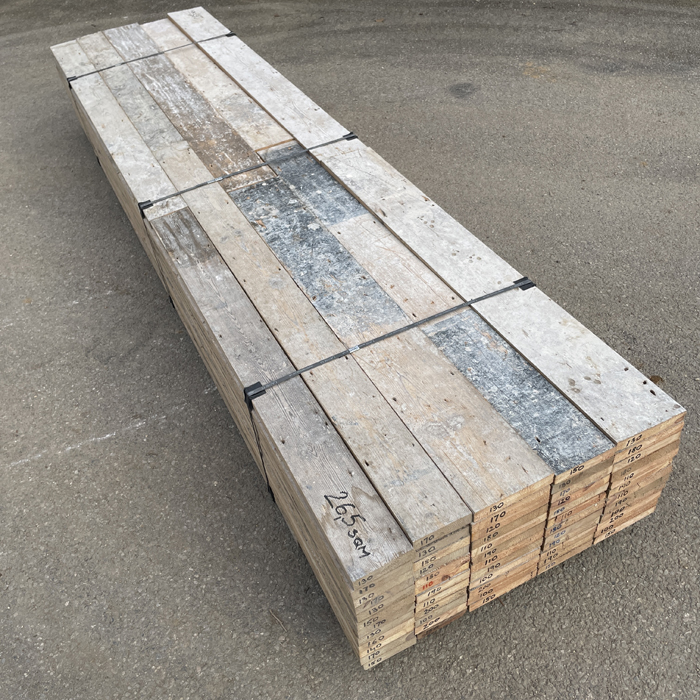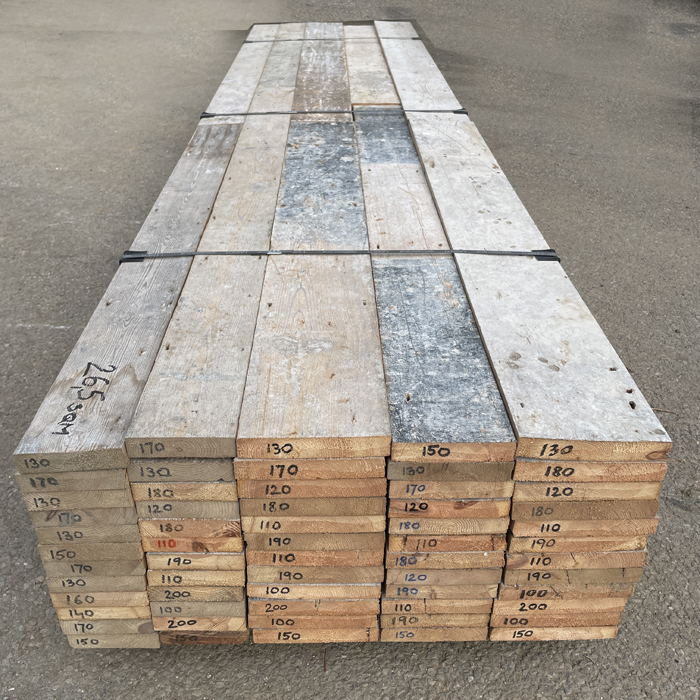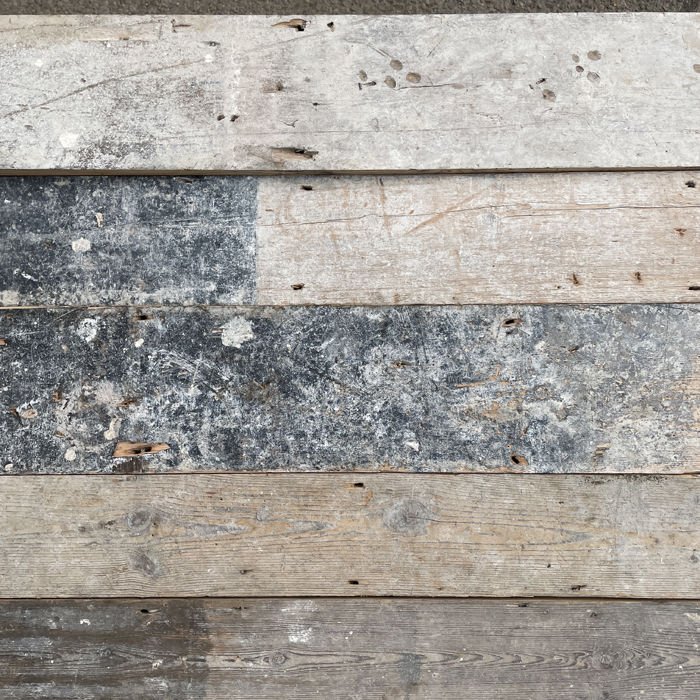Click and Collect – Please contact us to arrange collection or delivery of this item
Reclaimed Edwardian pine floorboards (26.5 sqm ex. Egyptian House Piccadilly),
Square-edged in a mixture of lengths up to 2m as salvaged (mostly 120-190cm long). 3 Board widths: 35%: 12cm, 20%: 14cm, 45%: 17cm. Thickness 30mm.
£2,650 inc. VAT
In stock
These boards have a fantastic provenance – read the story of the site that they came from: Click Here
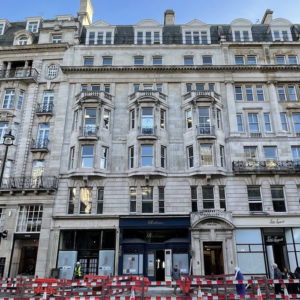
Square-edged in a mixture of lengths, as salvaged. The old growth Baltic Pine from which these boards are made is straight grained and with a mellow pale yellow colour if sanded. These boards are supplied unfinished and they require cleaning, sanding and finishing for those not celebrating the old patina. Scroll through the pictures < > to see details of the timber.
The Building Conservation Society sums up the case for reclaimed pine flooring:
“The record demand for house building in 18th and 19th century London was an indicator of the nation’s prosperity. The demand for buildings resulted in a demand for timber; that timber was pine, felled in Poland and sent to England through the Baltic ports. The soaring popularity of imported softwood was driven by its quality and availability as well as favourable transport and conversion costs. The quality of slow-grown old-stand timber such as Pinus Sylvestris that was cut inland and sent down river to the Baltic ports of Memel and Riga was recognised by architects and craftsmen of the period. Contemporary specifications (for example by English architect Sir John Soane) called for pine and fir from these ports, including Memel and Riga Fir.
Much of our historic joinery and flooring was constructed from wood that was slow grown. This wood generally has a fine, close-grained texture and, because much of it was from old stands, it tends to be fairly clear of knots and vertically grained, giving it good durability and stability.
Today, managed softwood plantations aim to produce timber as quickly and as economically as possible. This faster grown timber is not as durable as that from the mature trees that were more common up to the start of the 20th century. Much of the modern fast-grown softwood will be used in construction once it has been pressure impregnated with preservatives. Generally this type of timber is not suited to quality repairs of historic joinery. The quality and closeness of grain of repair timber should match that of the original as closely as possible. This will reduce differential movement at the junction of old and new wood.”
Recently Viewed Items
-

Pair of hexagonal reconstituted stone garden planters,
-
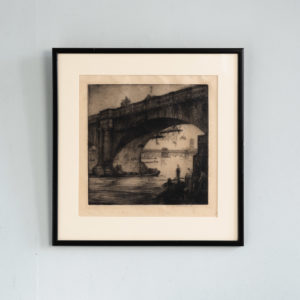
Nathaniel Sparks, Waterloo Bridge,
£450Nathaniel Sparks, Waterloo Bridge,
Mounted and in its original frame, an original dry-point engraving by the artist and painter-etcher Nathaniel Sparks showing the northernmost arch of Old Waterloo Bridge with Charing Cross and Westminster bridges beyond and the Palace of Westminster in the distance. Signed by the artist.£450 -
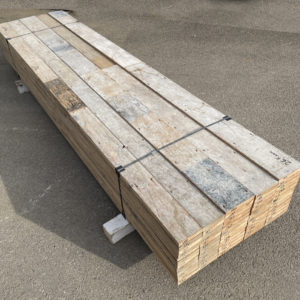
Reclaimed Edwardian pine floorboards (26.5 sqm ex. Egyptian House Piccadilly),
£2,650 inc. VATReclaimed Edwardian pine floorboards (26.5 sqm ex. Egyptian House Piccadilly),
Square-edged in a mixture of lengths up to 2m as salvaged (mostly 140-190cm long). 3 Board widths: 35%: 12cm, 20%: 14cm, 45%: 17cm. Thickness 30mm.£2,650 inc. VAT -
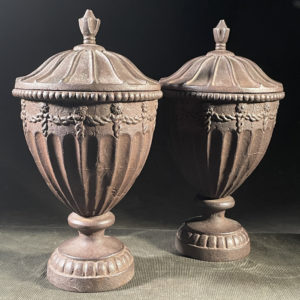
A small pair of English cast iron neo-classical lidded urns
£260 the pairA small pair of English cast iron neo-classical lidded urns
each tapered vase with a fluted body topped with a swagged rope frieze and beaded rim, topped with a spreading lid with a knopped finial£260 the pair

